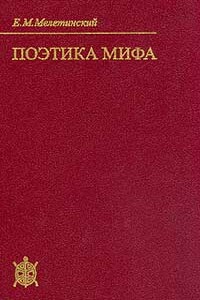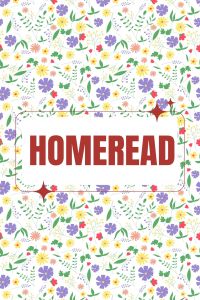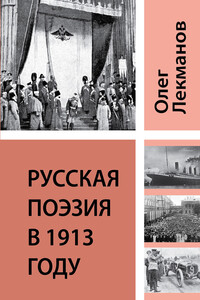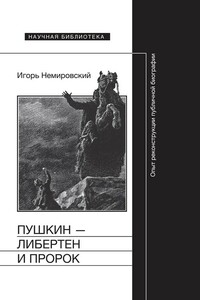A magical (often “bestial”) wife, dressed in male clothes, becomes an active assistant. Magical opponents, like dragon flies or wizards appear as forest thieves or wicked old women. Ritual trials in a fairy tale in the final analysis are transformed into extraordinary adventures.
With the elimination of fantastic element opposition, typical of a tale, between the first trial (to acquire a magical assistant) and the main trial dissappears. The successive elements of metaplot of a fairy tale are replaced by separate parallel plots which originate from these isolated syntagmatic elements.
The anecdotic folk tales are rigidly built around the axis of wit-folly. Metaplot: a fool or a simpleton falls victim of a shrewd man or trickster. Fools violate basic rules of logic because of their ignorance or because they are deceived by tricksters. Some of the anecdotes constitute the narrativization of paroemias.
The formation of book novella in the West proceeds in two ways: via exampla or via fabliaux and schwanke which are close to folklore (cf. Chinese huaben, or individual tales from "The Arabian Nights").
The conversion of the early medieval novella into a classic Western novella typical of the Renaissance concludes the synthesis of oral and book traditions. Bookishness now is manifested by rhetoric methods rather than verses (as is in the fabliau or Choser’s works). High and low sources of genre are also synthesized, and the level of hierarchy of novella in the system of genres is elevated. Novella loses its didacticism (a didactic exempla becomes ‘news’, a surprising event), fatalism, class features of a hero, fixed situations, and the hero is now able to act increasingly as an individual. The actions of a hero cease to be the function of a situation. They become interiorized, and are linked with individual features of characters (though there is no depiction of characters in a true sense of the word). Novella acquires, to a certain extent, the character of drama.
"Decameron" by Bocaccio is a typical specimen of novella of the Renaissance. Other novellists of the Renaissance deviate to anecdote and buffoonery (at routine level it relates to Sacchetti and at philosophical level to Des Periers), to more sombre attitude to human nature (Masuccio), to showing the play of fatal passions (Bandello) or studying tragic passion (Margareth of Navarre), to theatric rhetorics (Cintio), or to aesthetic formalization (Firenzuola).
In the 17th century Europe novella was romanicized. This process correlated the evolvement of novel of a new type. Novella then was directly opposed to earlier medieval, gallant romance and, sometimes, was mixed with psychological small romance.
The precursor of the romantic novella Cervantes, may be considered a progenitor of romantic novella. His "Edifying Novels" resemble consize novels or fragments of a novel. They are contiguous to psychologism and real life, to adventurous sentimentalism and picaresque themes, to the Renaissance and Baroque. In France, the evolution of prevalent Baroque ‘Spanish line’ was attended by the development of psychological line which was close to classicism and stretching from Margareth of Navarre via Villedieu to Mme La Fayette and Robert Challe.
Romanticism was the most important stage in the history of novella after the Renaissance. At that stage the deformation of this genre was to a certain extent continued (by introducing elements of magic, two worlds, lyricism and development of characters) and likely enriched, for gravitation to extraordinary, and magical things (in depicting characters, emotional state and miracles), in
herent in romanticism, at the same time complies with specific features of this genre. The action in a romantic novella can simultaneously be external and internal, and can have several layers and dimensions. Romantic novella was usually composed of two parts.
Romantic novella is traced to Goethe who did not entirely break off with classicism, but especially so to Kleist, who retained and enriched the genre of novella by combining the unusual and usual as a rule avoiding direct fantasy. Such writers of romanticism as Tick, Eiechendorf, Brentano, Hoffmann usually combined novella and tale. For the Jena romantics, it was the tradition of a tale in general; for the Heidelberg romantics it was concrete folklore traditions, for Hoffmann it was original creation of myths and tales, a combination of ideal-fantastic and real-prosaic things. Hoffmann’s line was developed by Edgar Poe whose works combined psychological, logical and ‘science’ fiction. Other American romantics (Irving, Hawthorne) basically relied on the early stories about America’s settlement and were inclined to moral allegories. In French romanticism fantastic novella prevailed (Nodier, Nerval, Gautier), with emphasis on night dreams, and with a strong lyrico-elegiac string.



